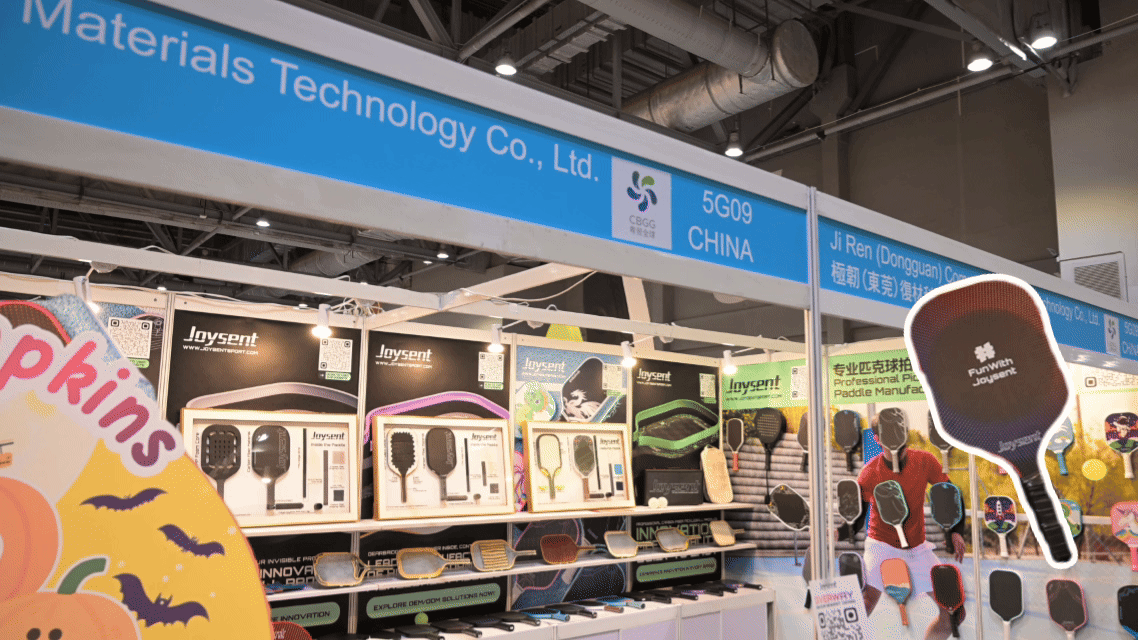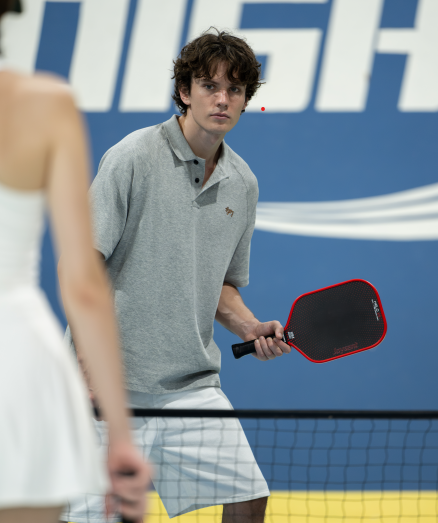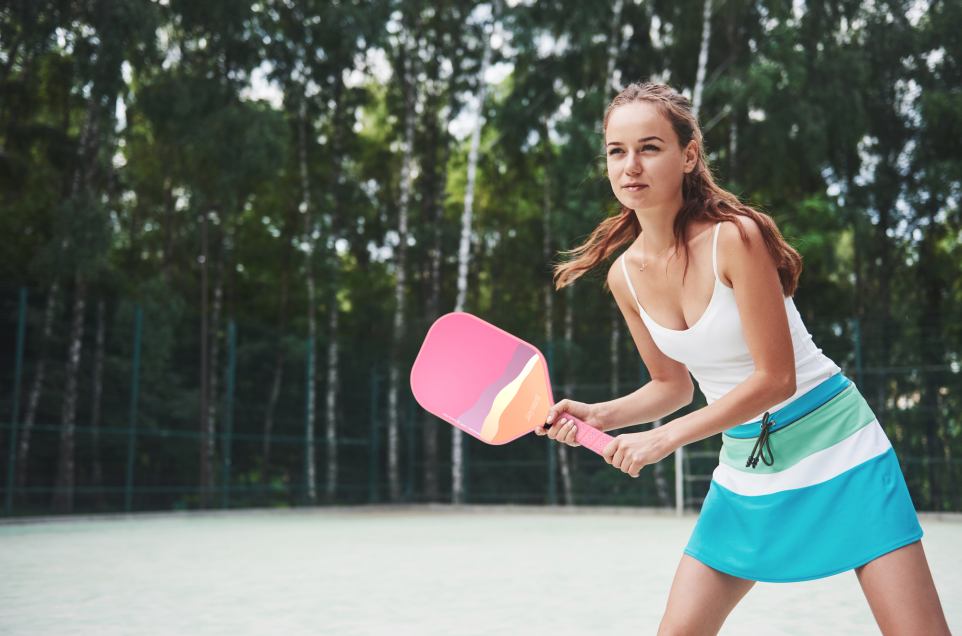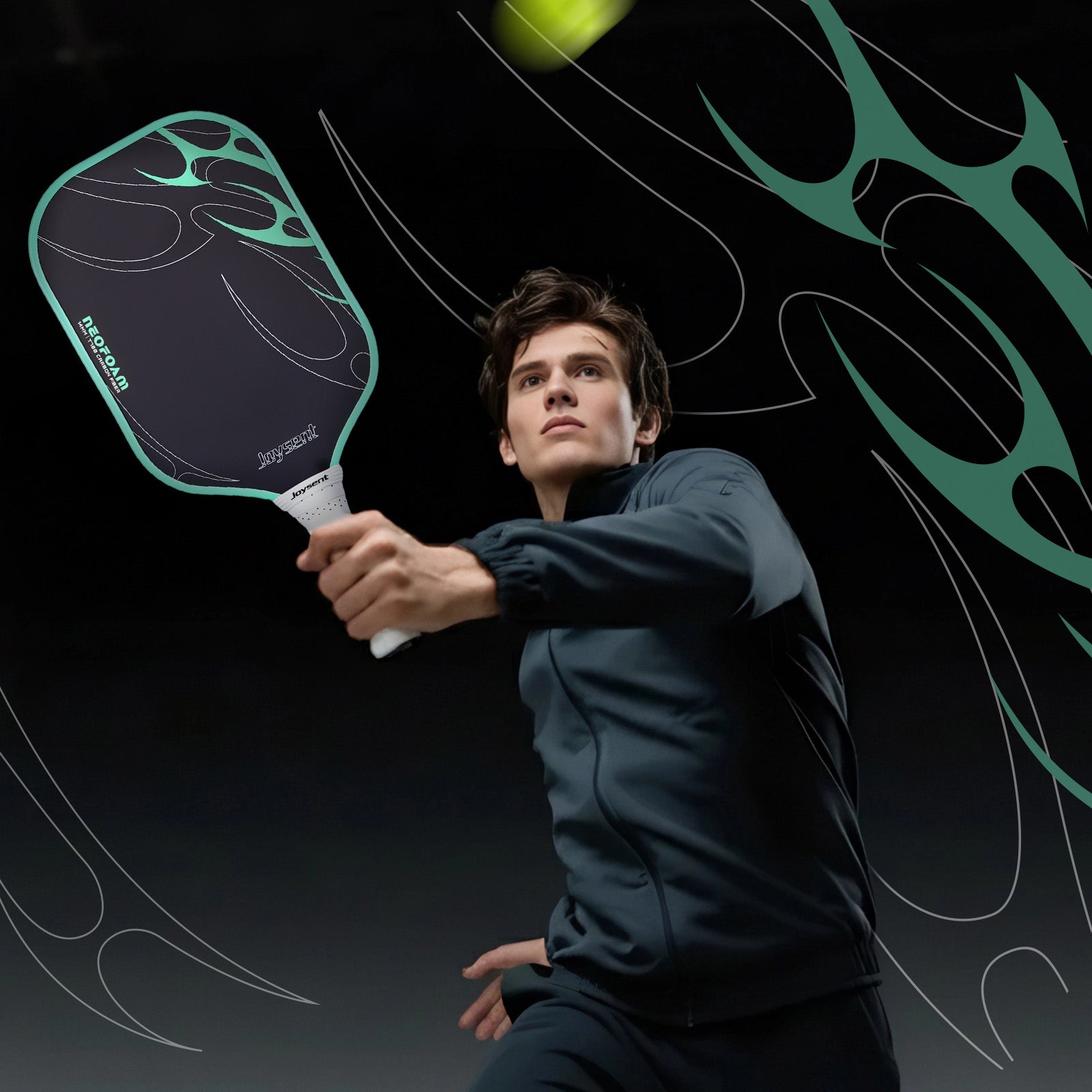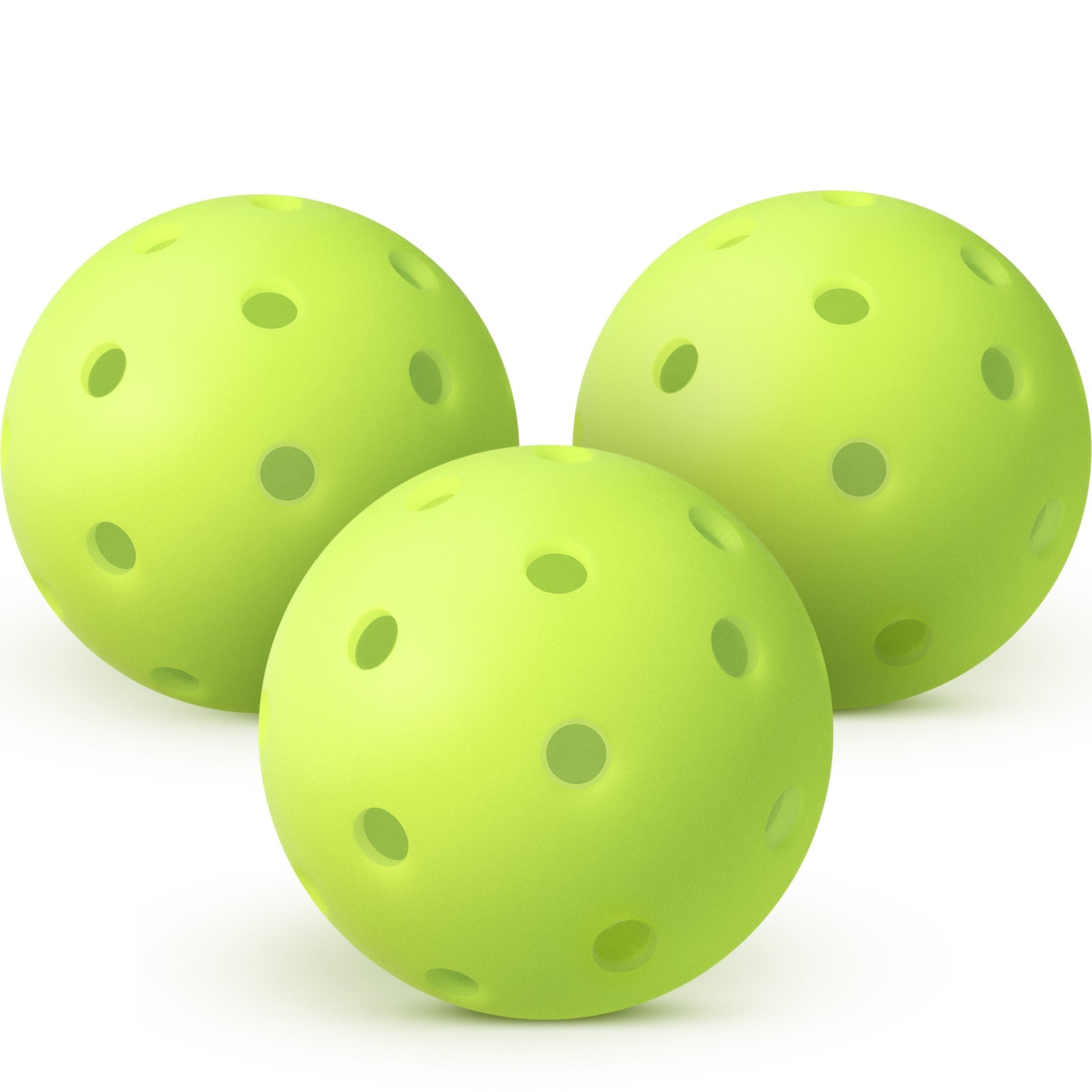
The Science of Pickleball Paddle: Pocket Effect & Spring Effect Explained
When players talk about why a paddle “feels lively” or “hits hard,” some of the language used includes descriptions like “the ball sinks in the face” or “the paddle springs back.” These sensations are often referred to as the pocket effect or spring effect. Understanding what’s really going on behind the scenes can help you choose a paddle that matches your style — and appreciate what high-performance brands design for.
What Are the Pocket Effect and Spring Effect?
-
Pocket Effect: The feeling that the ball slightly “digs in” or “sinks” into the paddle face or core before rebounding — almost like the paddle has a brief “pocket” that holds the ball momentarily.
-
Spring Effect: The subsequent rebound of the paddle face or core structure that returns energy to the ball — akin to a spring being compressed and then released.
These phenomena are not merely marketing buzz-words — they reflect real mechanical behaviors inside the paddle. One user on a forum put it like this:
“Power paddles … depress more than control paddles giving them a trampoline-like spring that transfers energy into the ball.”
The Physics Behind It
Compression and Dwell Time
When impact occurs, the ball compresses and the paddle face or core may deform slightly. That gives a brief “dwell time” during which energy is stored. A paddle that allows a little more deformation may feel that “pocket effect” — a tiny delay, a “sinking” feel.
Rebound and Energy Return
If the paddle face or core rebounds elastically, it returns stored energy to the ball: that’s the “spring effect.” The return depends on material properties, face stiffness, core design, and also regulatory limits on rebound.
Deflection & Moment of Inertia
How much the paddle deforms and how its mass is distributed (moment of inertia) both influence how fast and how far the face rebounds. A lower moment of inertia (lighter in the head region) allows quicker motion, but a certain mass in the head may add “pop.” The balance here is a design trade-off.
How It Relates to Paddle Types
-
Power-oriented paddles: Often designed to exhibit more pronounced pocket/spring behavior. For example, paddles with hollow cores or foamed cores may allow more “give” and rebound.
-
Control-oriented paddles: Tend to be stiffer, with less deflection, emphasising predictability and feel rather than maximum rebound.
-
Hybrid designs: Some paddles aim for a middle ground — moderate deflection, moderate rebound — blending control and power.
One review noted that modern foamed cores are being discussed in paddle forums as giving more “trampoline-like” response.
Practical Tips for Players
-
If your current paddle feels dead (flat drives, little pop), you might be using a very stiff/absorbent paddle and missing that “spring” feel.
-
If your paddle feels too lively or unpredictable (especially at the kitchen line), you might be getting too much spring and trading off control.
-
When evaluating a new paddle, ask yourself: “How does the ball feel on contact? Does it sink a little? Then pop off fast?” These observations help assess pocket/spring behavior.
-
Also consider that durability and certification matter — excessive rebound may be restricted, and too much deflection can reduce control or lifespan.
-
For brands (including yours): If your product (like Joysent’s pro series) is designed with such behavior in mind, you can frame it as engineered for “optimized pocket & spring feel for power-players”.
Conclusion
The sensations of pocket and spring aren’t just hype — they hint at real mechanics inside your paddle’s core, face, and structure. While the ideal amount depends on your style (baseline smash vs net dink specialist), being aware of these effects lets you choose smarter.
Next time you pick up a new paddle, pay attention: does the ball “sit in” for a moment? Does it “snap off” quickly? That little moment can reveal whether you’re getting the desired pocket effect, spring effect — or neither.
